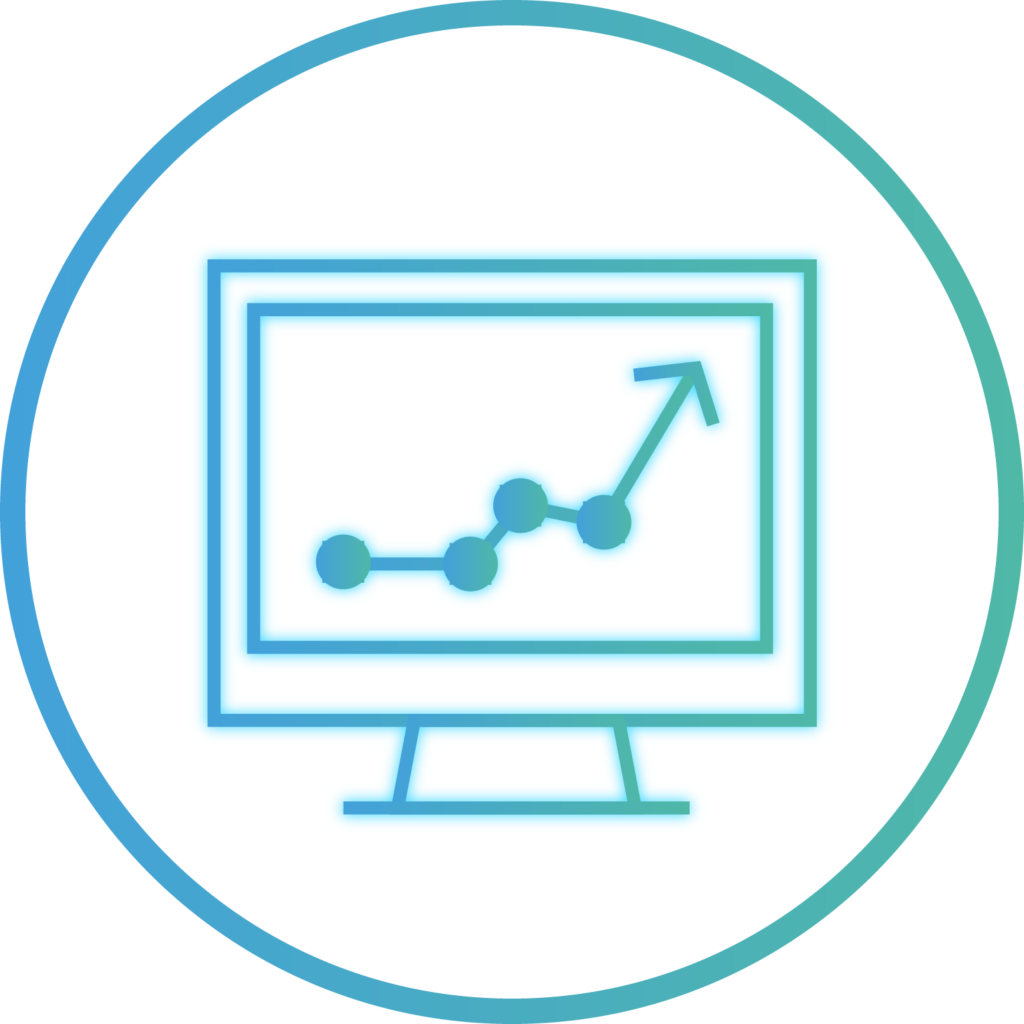Digital Control for Improved Building Performance

NEON will translate the optimized demand curve into the control strategy that will maximize the building operations efficiency as part of the ISO 50001’s PDCA (Plan, Do, Check and Act) loop.
Also, the NEON project will adopt the modeling of building energy parameters and digital control algorithms as key enabling concepts to achieve efficiency.
Building modeling will consider relevant parameters such as thermal building envelope, heat gains, solar irradiation (insolation), and heat losses caused by heat conduction, convection, and ventilation. Another applicable data will be the energy conversion factors of the systems (e.g., boilers, heat pumps). This building modeling will underpin by calibrated reduced-order data-driven grey box models.
Models will account for data inadequacy and uncertainty while being accurate and robust enough to operate within the constraints of real-world parameters (e.g., weather and operational conditions).